A merle dog has part of the coat the regular colour and part of the coat diluted in a random series of patches, giving a sort of marbled appearance. Some dogs may be almost all the base colour with only a few flecks of the dilute colour, while others may be the opposite. Many Australian Shepherds are merle. The edges of merle patches generally appear torn or very irregular in shape, white different from the more symmetrical patches on a spotted dog. In Dachshunds, merle is referred to as dapple, but it is the same gene that causes the colour.
Merles often have eyes of different colours, or two light eyes, or even eyes that are half dark and half light.
In a double merle, both colours are lightened: for example, black becomes blue and blue becomes white. Double merles are often born deaf and/or blind and may die as puppies. Double merle can cause birth defects in puppies. Because of this, two merles should never to bred to reach other.
Merle is a dominant gene, which means that every merle dog must have one merle parent. It cannot just appear as a "hidden gene". Merle acts only on black, brown and fawn base colours, and does not affect red. Thus, a red merle is actually a brown dog with the merle gene. Tan markings on a tan-pointed merle will not be merle.
Since merle only affects black, brown and fawn, if combined with a dark mask, the mask can be merled; with brindle, the dark stripes will be merled; with saddle, the saddle marking will be merled; and with sable, the dark parts of the hair will be diluted, resulting in an unusual sable merle.
Harlequin is a colour found in Great Danes in which the spots are black and the rest of the coat is white. The spots have the same torn-edge appearance as merle spots, and sometimes a few of the spots will be blue. To be harlequin, the dog must carry both a single merle gene and a single harlequin gene.
Harlequins are seldom bred to each other for fear of producing double merle and/or double harlequin puppies, either of which are likely to die, have severe deformities or be born blind and and deaf. If a dog has the harlequin gene but not the merle gene, it will be a solid colour, because harlequin needs a merle gene for it to be expressed. Since in the absence of merle, harlequin can be carried without being seen, good breeders of Great Danes keep careful track of the colours in their dogs' pedigrees to avoid accidentally doubling up on merle and harlequin genes. Genetic testing has been a useful tool for this.
Merle plus harlequin or merle on its own also can be expressed on brindle, black and blue Great Danes, and on reds (called fawns in this breed) that carry a sable gene. These colours are considered very undesirable by good breeders because they are not included in the breed standard as correct Great Dane colours.


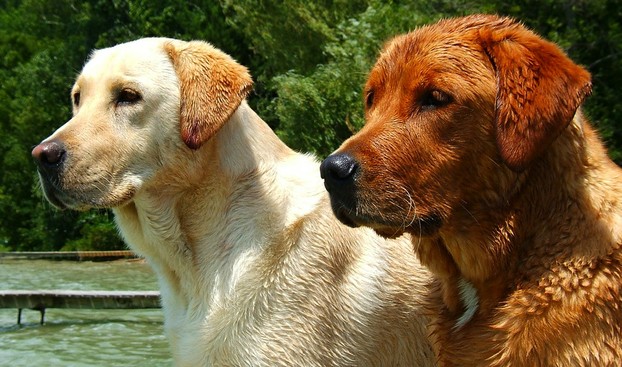
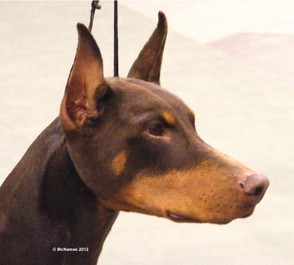
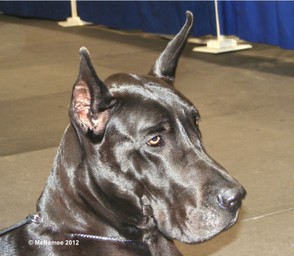
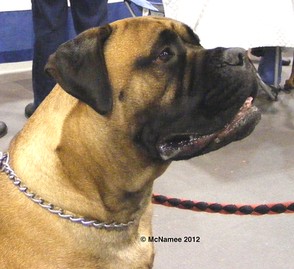
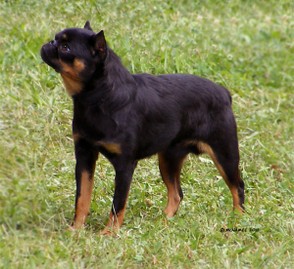
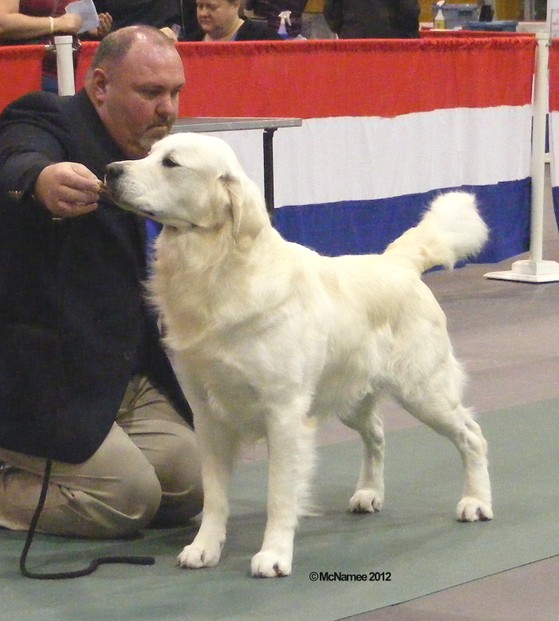
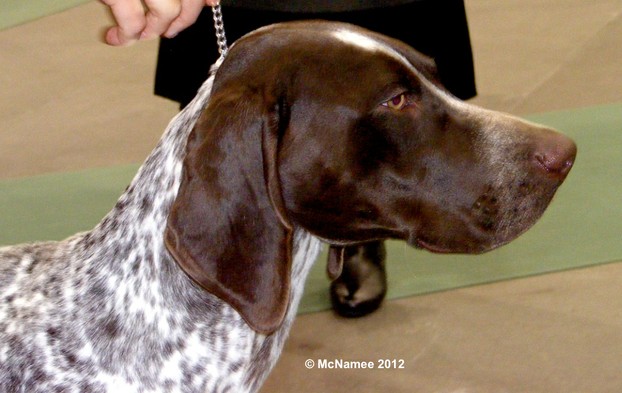
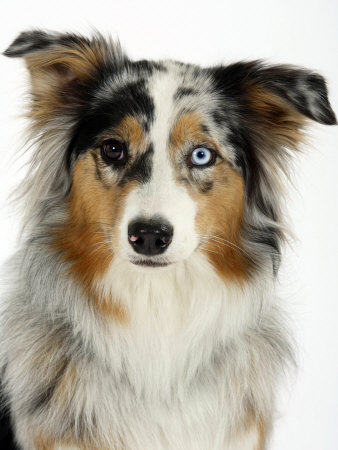
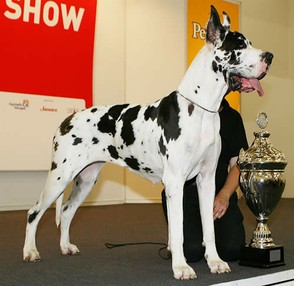
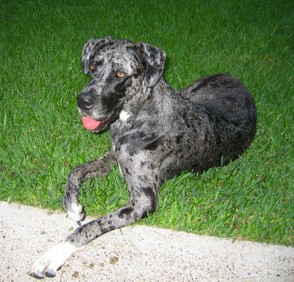
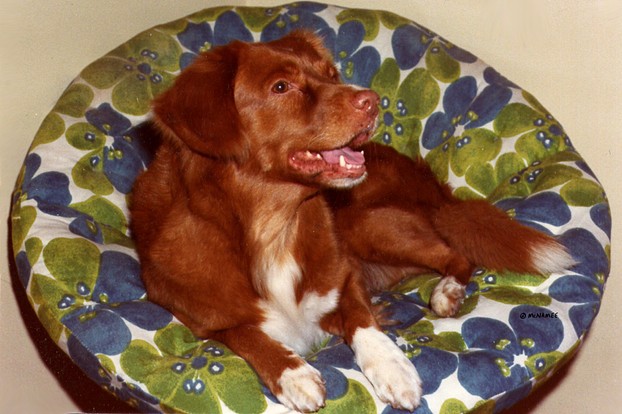




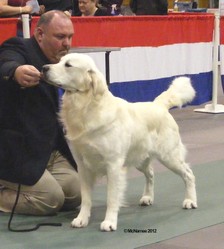

 Versatile Nova Scotia Duck Tolling Retrieverson 08/02/2014
Versatile Nova Scotia Duck Tolling Retrieverson 08/02/2014
 Should You Spay or Neuter Your Puppy?on 08/12/2014
Should You Spay or Neuter Your Puppy?on 08/12/2014
 Horse Racing History: the Preakness Stakeson 05/15/2014
Horse Racing History: the Preakness Stakeson 05/15/2014
 Dinosaurs Will Be On Display in Trenton, Ontario, Canadaon 07/29/2013
Dinosaurs Will Be On Display in Trenton, Ontario, Canadaon 07/29/2013

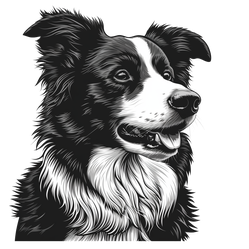

Comments
Fascinating. It's something I've wondered about for a long time. Thanks.
I have just checked inheritance in Shelties. This breed has a recessive black gene, which in essence is agouti minus the modifying gene that allows red to show up, as in a normal sable red in other breeds. So the hairs, instead of being tipped in black, are entirely black. Thus it's not the same "black" as the regular dominant black/brown/grey gene. So a Sheltie carrying two genes for sable will always reproduce sable when bred to another Sheltie. However, that same Sheltie bred to a dog of another breed carrying the more common dominant black gene should produce some black puppies.
I've always been fascinated by coat color inheritance. I used to show Shetland Sheepdogs and in that breed, the sable color is dominant. A pure for sable will always have sable puppies no matter what they are bred to including black. How does that figure in with the other breeds?